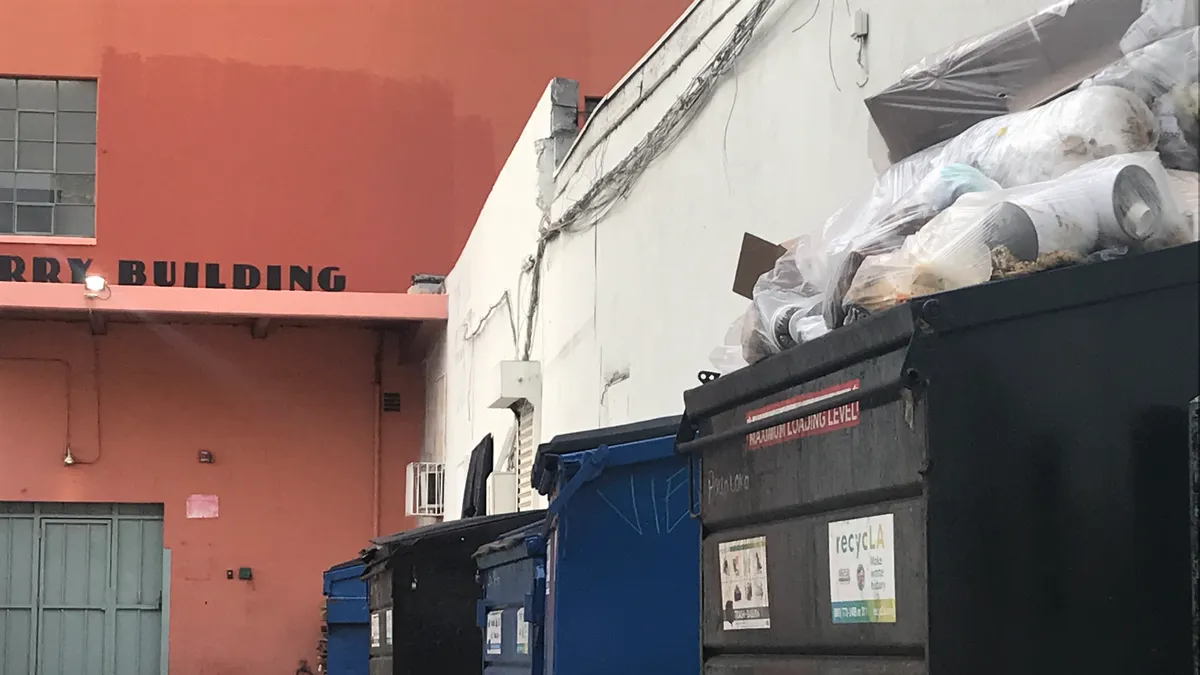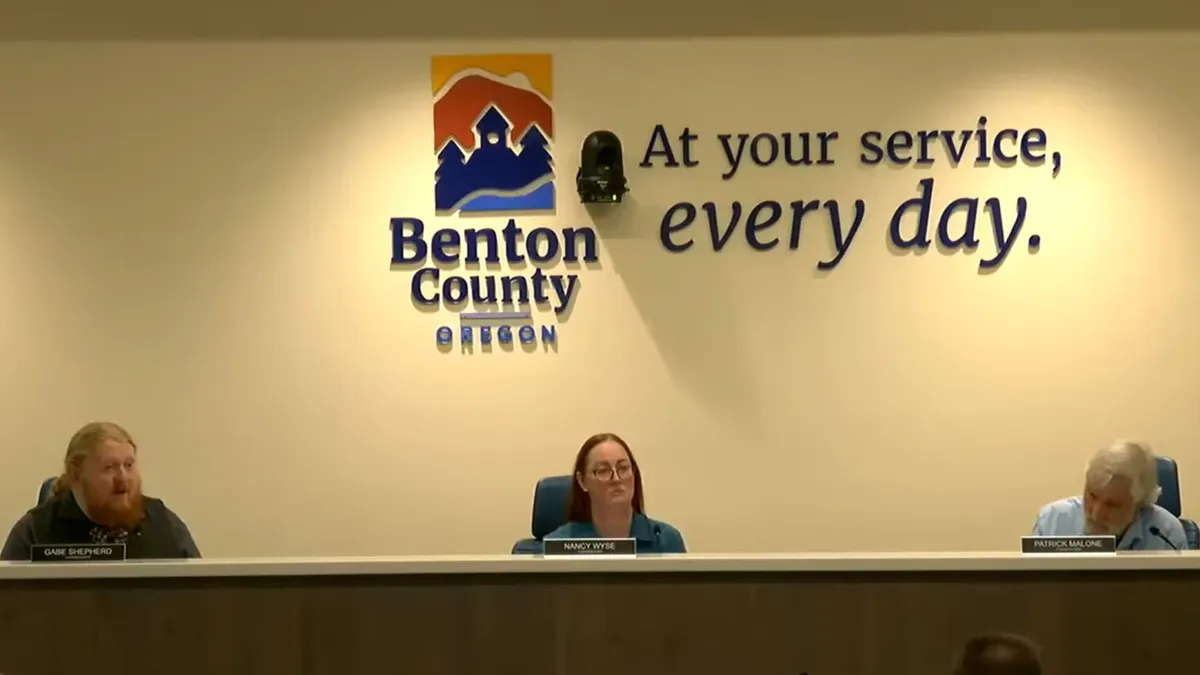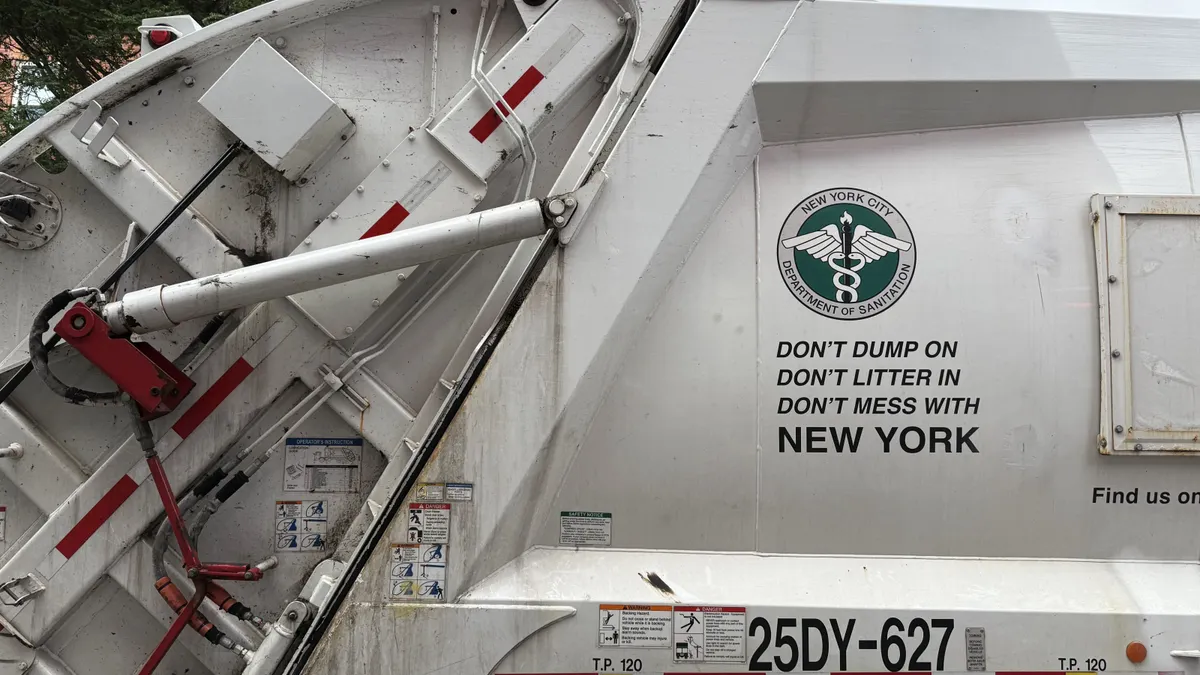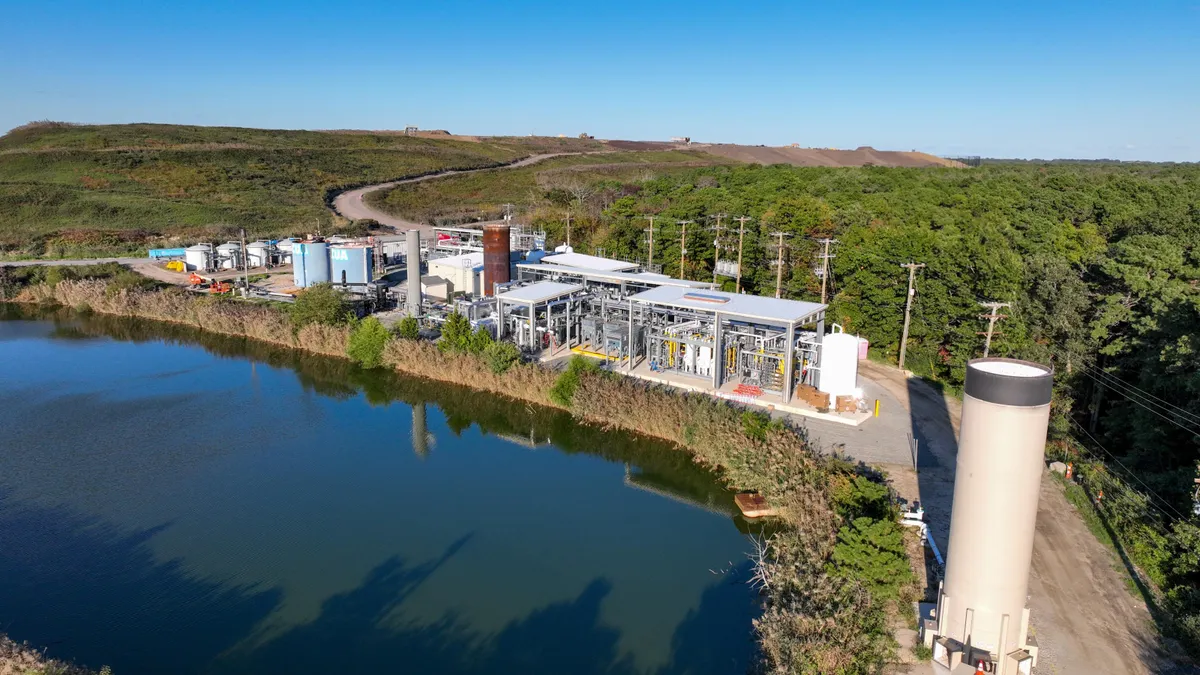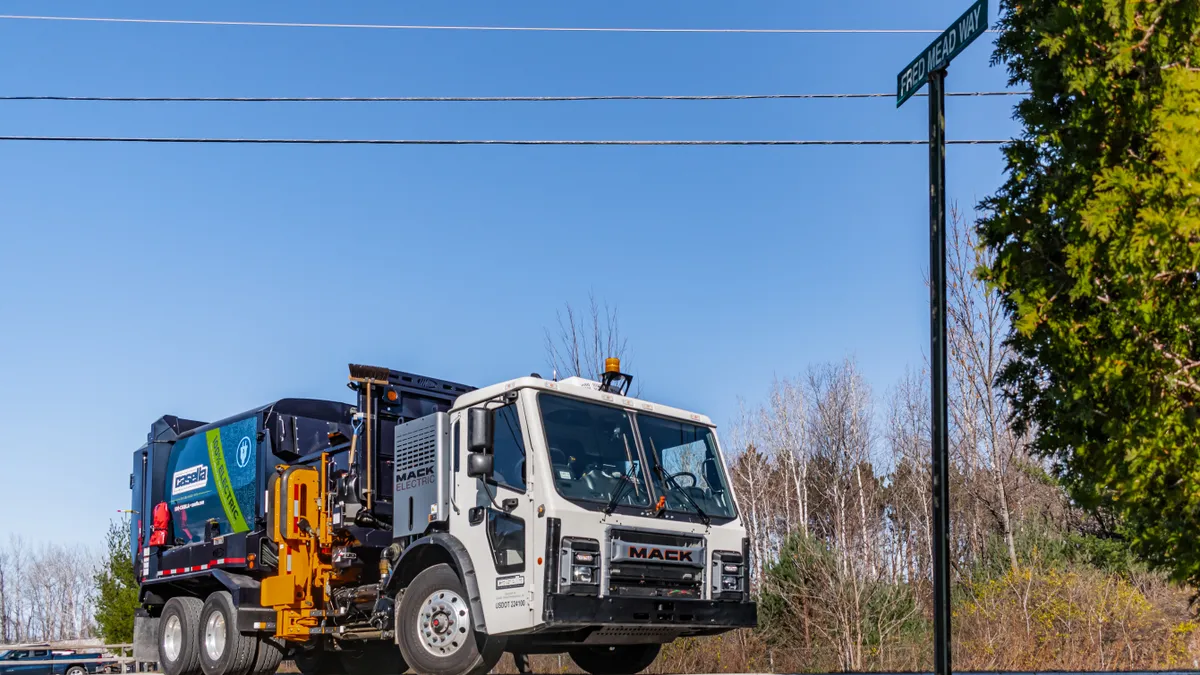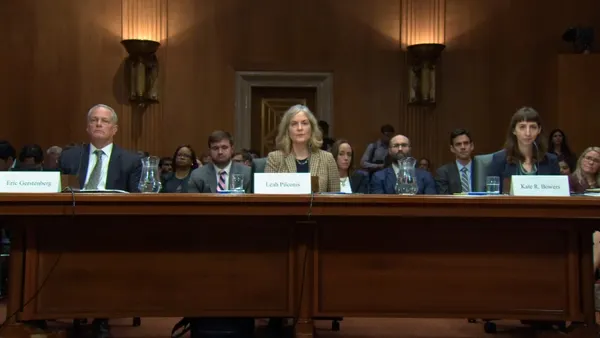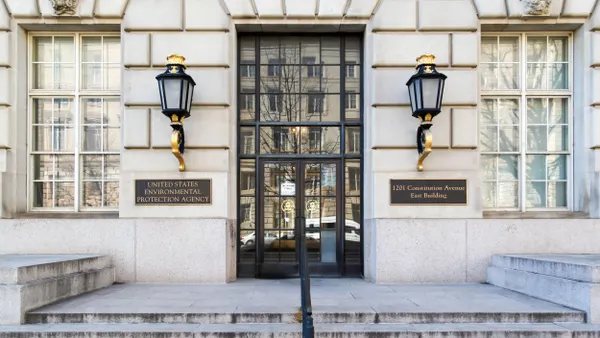Waste companies and their customers are pushing the federal government to set clear disposal guidelines for PFAS-contaminated materials. At a Wednesday hearing held by the Senate Environment and Public Works Committee, lawmakers also debated who should be held liable for the contamination.
Lawmakers discussed the possibility of legislation protecting so-called “passive receivers” of PFAS-contaminated material from liability under the Comprehensive Environmental Response, Compensation, and Liability Act, or CERCLA. Lawmakers have introduced such bills several times in recent years but so far there has been little movement.
Last year, the EPA designated PFOS and PFOA — two PFAS chemicals — as hazardous substances under CERCLA, opening up sites contaminated with the chemicals to remediation rules. The National Waste & Recycling Association sued over the designation, arguing it exposed waste facilities to liability as they were "passive receivers" of the chemicals. The EPA signaled in September it would defend the decision in court.
“The system between contractors and disposable facilities is breaking down,” said Sen. Shelley Moore Capito, R-W. Va., the committee chair. Capito called for a "permanent statutory solution" to protect passive receivers from liability, pointing to 2002 amendments to CERCLA that protected certain small businesses from cleanup or remediation responsibility as a model for a new PFAS exemption.
Emerging concerns about the public health impacts of per- and polyfluoroalkyl substances, a family of chemicals commonly used in manufacturing, including for firefighting foam, have led to growing questions about liability once those chemicals enter the environment. PFAS can create a liability for waste companies if it’s unintentionally released through landfill leachate, but it presents a business opportunity when materials containing the chemicals need to be disposed.
That balance was on display at Wednesday's hearing. Leah Pilconis, general counsel of the Associated General Contractors of America, said MSW landfills around the country are rejecting PFAS-impacted materials, particularly soils, due to fears the landfills could be held liable for releases if the PFAS leaches through the facility and enters the environment. That's forced contractors to truck soils across much longer distances to hazardous waste landfills, which also charge higher tipping fees.
Pilconis said contractors have yet to see clear disposal guidance from the U.S. EPA on which types of landfills can accept PFAS-impacted materials and at what thresholds. While the agency has released non-binding guidance on the efficacy and safety of certain disposal methods, it has not set any legally binding requirements for many kinds of PFAS-impacted materials.
"For other chemicals, we have clear standards. We have clear background levels, concentration limits, telling us what are restricted versus unrestricted uses and disposal guidelines and requirements," Pilconis said. "We don't have that for PFAS."
Eric Gerstenberg, co-CEO of Clean Harbors, also urged the agency to adopt thresholds past which PFAS-impacted materials must be treated at specialized facilities. In prepared testimony, he laid out a hierarchy which the EPA could follow: highly contaminated soils, liquids and firefighting foam would be destroyed by incinerators; lower contaminated materials would be managed at hazardous waste landfills; and material with “’background’ PFAS levels,” like construction debris and excavated soils, would be managed at municipal waste landfills or via deep well injection.
Clean Harbors has collaborated with the EPA and Pentagon to test the efficacy of its high-temperature hazardous waste incinerator in Aragonite, Utah. The most recent test found that Clean Harbors' facility could destroy up to 99.9999% of PFAS chemicals in certain materials, achieving air emissions more than two orders of magnitude lower than the strictest ambient air quality standard.
Gerstenberg also expressed support for the idea that "the polluter should pay" for PFAS contamination, pointing to manufacturers who make the material.
Sen. Ed Markey, D-Mass., also criticized EPA Administrator Lee Zeldin for the agency’s limited approach to PFAS to date. Under Zeldin's leadership, the agency has yet to designate standard disposal procedures for any PFAS compounds and has rolled back certain proposed drinking water standards for PFAS chemicals.
"There are hundreds of varieties of these compounds, and Administrator Zeldin won't even make steps towards a few of them. Meanwhile, the toxic stream of these products continues into our environment," Markey said.
Markey also noted that there are no federal regulations governing the incineration of PFAS. The EPA has been studying the treatment of PFAS-contaminated material at different kinds of incinerators, including a municipal waste incinerator run by Reworld in Florida. Early research suggests that the high temperatures achieved by hazardous waste incinerators like Clean Harbors' Utah facility are more effective at destroying PFAS than those achieved by MSW facilities.
Markey and other Democrats expressed skepticism over the need to pass legislation protecting passive receivers, arguing adequate protection is provided under EPA’s enforcement guidance that says it was unlikely to target public landfills and existing exemptions for de minimus contributors to pollution under CERCLA.
“I'm worried about any laws that would create loopholes,” Markey said. “We actually need to preserve our polluter pay laws without putting huge potholes in it to trap us later.”
Gerstenberg said he would support designating certain PFAS-contaminated substances as hazardous waste, effectively ensuring their treatment at more specialized facilities.
“It is time to act,” he said. “It is time to put thresholds and contamination levels in place by the EPA.”





